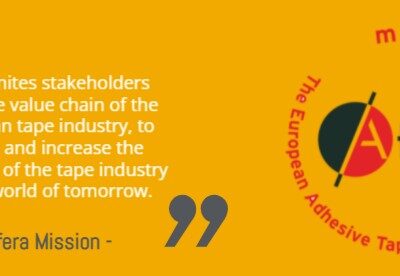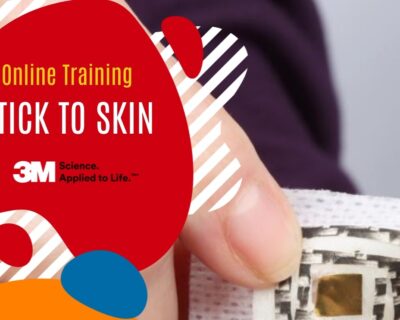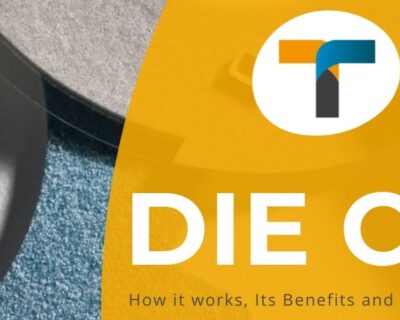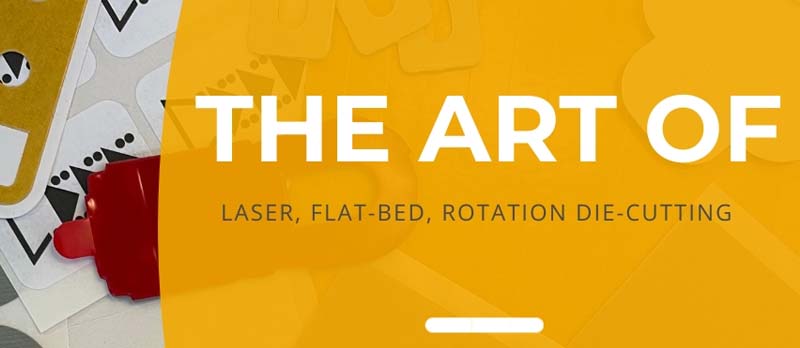
The Art of Die-Cutting
Transform materials in any shape you like!
As converter we offer die-cutting of a variety of materials with different production techniques. Die-cutting is a converting process where identical shapes are stamped from a material. The process is made on special machines using a custom made die that consists of sharp knives, shaped into the preferred shape on a plate or cylinder. The material which need to be shaped is placed on a rigid substrate. The die is then pressed on the material and the preferred shape is cut out.
Precise preparation allows the engineers to improve the amount of identical shapes on the plate to achieve a maximum quantity of usable pieces. The process allows for the fast creation of identical products to be used in mass production. Almost every shape and size can be die-cut from any material. Die-cut possibilities vary from single bulk pieces to sheets or roll or kiss-cut.
Many materials can be die cut including rubber, foam, fiber, foil, cloth, paper, plastic, pressure-sensitive adhesive tapes and heat-activated adhesive tapes.
By adjusting the blade length or adjusting the bed-height, a single die can be used to cut either one or multiple layers of laminated or piled materials. Die-cutting to achieve consistent, uniform results is widely used to create parts which can be assembled into a finished, custom part or product.
Initial costs for producing dies can be expensive. The die is always designed for maximum efficiency with minimal waste. The work involved is thorough and challenging, but a well-made die has a long life cycle and has the potential to create millions of tight tolerance precision parts.
The alternative to die-cutting is laser cutting each shape, a time-consuming process which is a good alternative for low volumes and creation of prototypes or a 0-series production.
Tacon & Matrixtape offers laser, flatbed and rotary die-cutting services for most adhesive and non-adhesive materials.
Laser Cutting
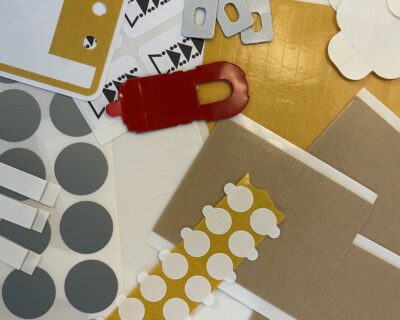
This cutting process uses laser energy to alter the shape or appearance of the chosen material. It results in complete removal and separation of material from the top surface to the bottom surface. Laser cutting can be achieved on a single layer material and/or multi-layer material. When cutting multi-layer material, the laser ray can be accurately managed to cut through the top layer without cutting through the other below lying layers of the material.
This method of material converting gives many advantages such as the ability to quickly change designs, produce products without the high cost of tooling and improve quality of completed parts. This process is ideal for low to medium production quantities where shapes are complex, materials are delicate, or small shapes are too sophisticated for flat-bed or rotation die cutting.
Laser cutting process offers real time edibility and improves the process of designing, developing and introducing new products for many industries including medical wearables, automotive and many other market segments.
Flat-Bed Die-Cutting
There are a not many types of die-cutting processes, but the most common is Flat-Bed Die Cutting. For this process, the desired shape is formed by steel blades which are on a die plate. The die is installed on the flat-bed machine and then horizontally pressed into the material using a hydraulic press.
Tacon & Matrixtape operates several flat-bed die cutting presses. Flat-bed die cutting is used for shorter run volumes and/or thick materials. Flatbed presses need less expensive steel-rule dies. Steel rule blades are formed to the shape to be cut. The most of time these steel blades are kept in place on a plywood board. Steel rule dies are ideal for shorter runs where the cost of a rotary tool is too expensive.
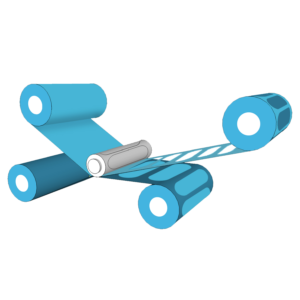
Rotary Die-Cutting
Rotary Die Cutting uses a cylinder die on a rotary press. Rolls of material are unwound and supplied through a press. As the cylinder die rotates,
it will cut out shapes, make perforations or cut the material into smaller parts. Dies used in rotary die cutting are either solid engraved dies or a flexible die. Solid engraved dies have a higher tolerance and are machined out of a solid steel bar. Replacable blade sheeters have removable blades which can be easily replaced with new/different blades. A more sophisticated way of die-cutting is to cut through just one layer of material, stopping at a laminated layer or release paper substrate. This process is commonly known as “kiss-cutting”.
Do you have a die-cutting idea? Let’s convert it to a tangible product today!


